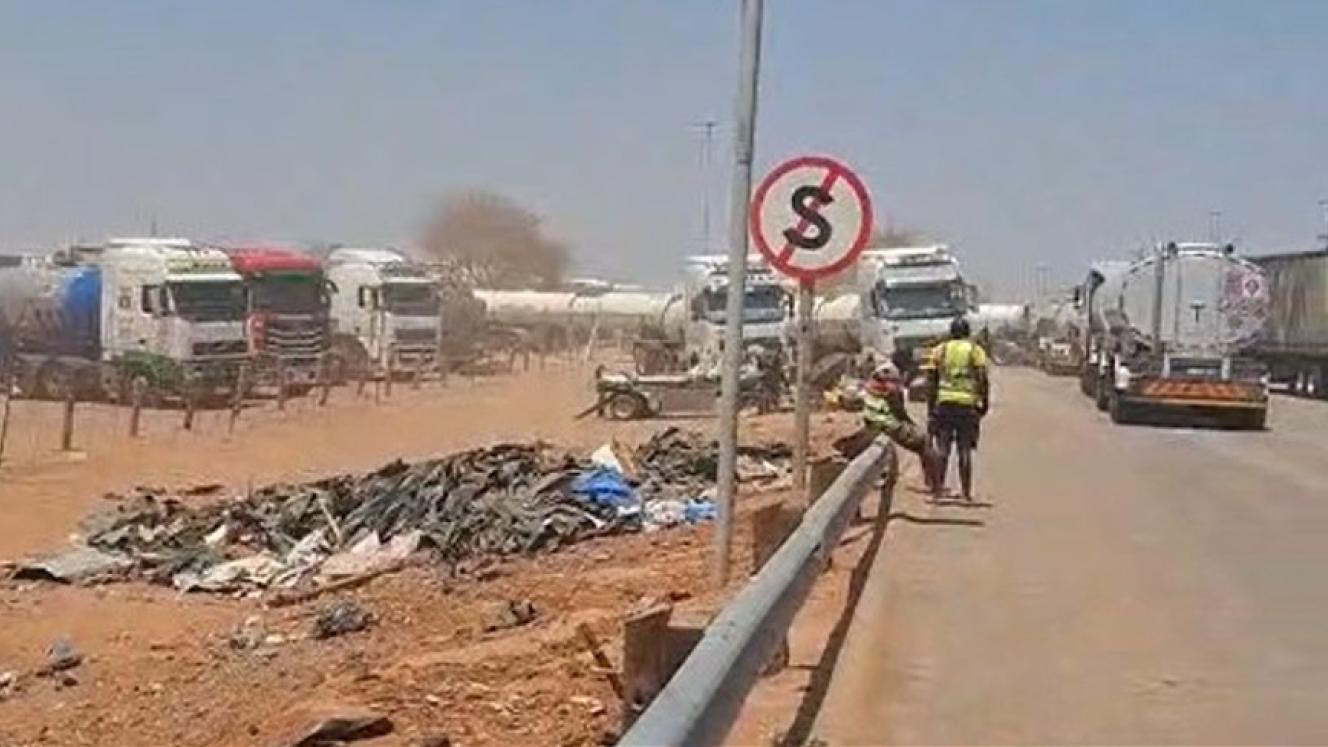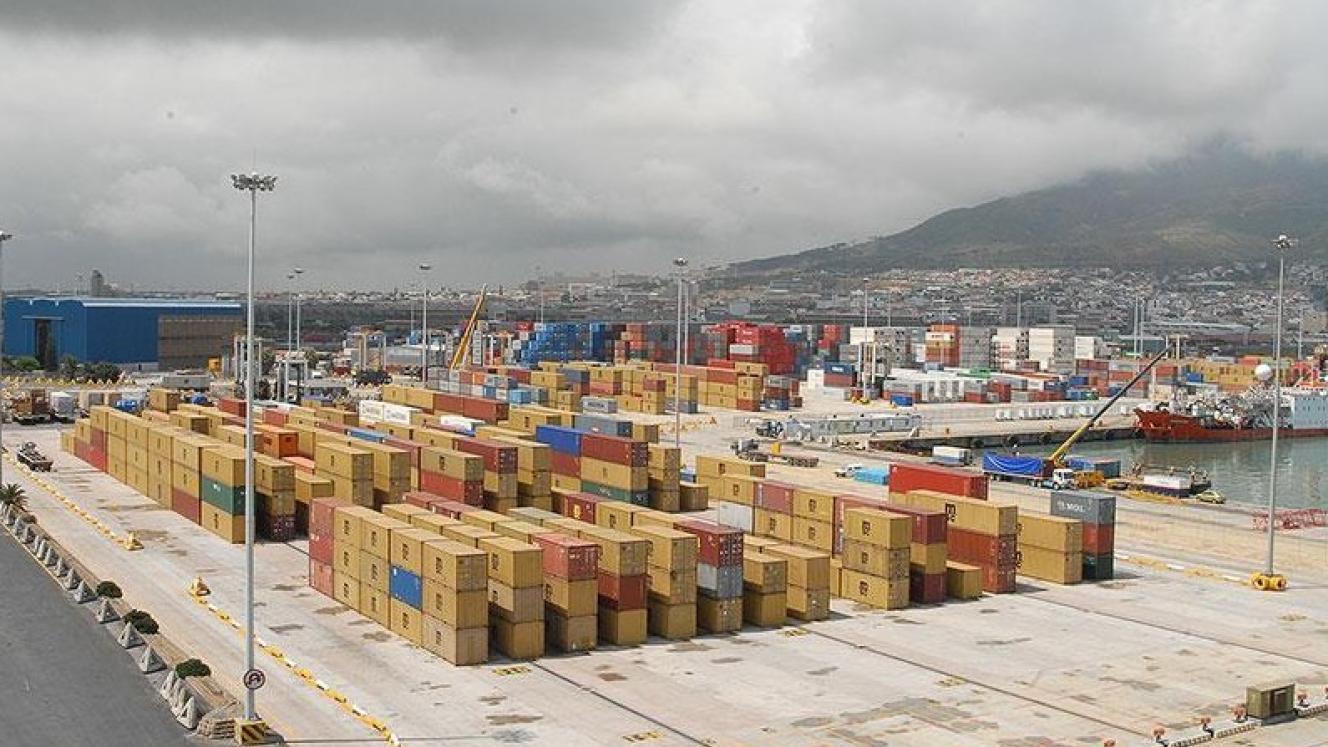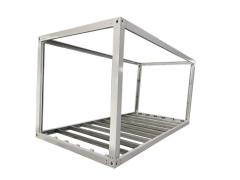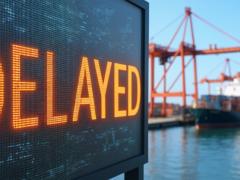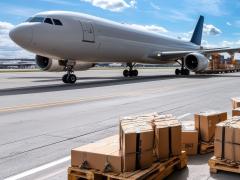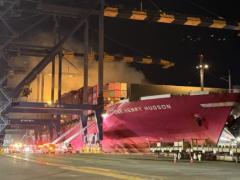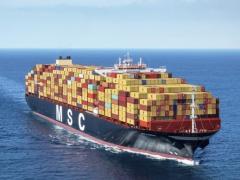The unyielding spike in demand for acid on the Copperbelt continues to cause congestion at the Groblersbrug Border Post into Botswana, but it’s not just on South Africa’s side of the Limpopo River that cargo transit services are said to be inadequate.
Once a quiet single-lane crossing primarily used by 4X4 travellers heading to the Okavango, Chobe and Kubu Island, Groblersbrug has been transformed into a vital link for road freight hauliers heading to mines in Zambia and the Democratic Republic of the Congo.
Essentially used as a bypass alternative by Copperbelt carriers avoiding Zimbabwe for various delay-related reasons, the transit on the N11 out of South Africa has become difficult to navigate since the beginning of September.
A tanker operator has said it’s because of a spike in demand for acid on the mines, which has been confirmed by Mike Fitzmaurice of the Transit Assistance Bureau (Transist).
But a major part of hold-ups on the SA-side is at the Martin’s Drift Border Post in Botswana, where two cashiers have to handle everything.
“They have two people that handle the till for things such as 3rd party insurance and road permits, and no one to solely concentrate on road freight demand,” Fitzmaurice said.
“There are no separate facilities and queues and it’s causing serious congestion in South Africa.”
It also doesn’t help that the crossing is still a single-lane bridge transit.
This is despite authorities on both sides of the border knowing for years in advance that he Kazungula One-Stop Border Post upgrade further north across the Zambezi River would draw more trucks and cause congestion at the Limpopo transit.
Plans by the Department of Public Works in South Africa to do an infrastructural upgrade to six land borders, excluding Groblersbrug, are also not good news for the choke point.
At current volume levels the crossing should be at the top of planned land-border improvements.
On Monday morning, October 13, the dangerous goods (DG) truck outside Grobler’s border control area was holding 53 acid-carrying tankers.
A further 11 tankers were holding fuel, while general cargo trucks were also squeezed into the DG facility, a situation Fitzmaurice and operator-members of Transist consistently caution against.
Trucks were standing in soaring temperatures and none had been released from the park since 3pm on Sunday.
Outside the park, about 120 trucks queued horse-to-heel on the N11, waiting to get through the crush of cargo that tends to get worse before improving.
“We’ve approached Botswana authorities to do something about the cashier situation,” Fitzmaurice said.
“Because this border has become so important for the Copperbelt, it should really be subject to public-private partnership intervention. Even if it means transporters have to pay more to use the border, I think they would if it means improved efficiencies.”
Driving through Zim remains off the cards for a lot of Hazchem carriers, mainly because of exorbitant charges at Beitbridge where concession holders Zimborders charge $213 one way.
Had it not been for all the other cost impediments in Zimbabwe, such as random security checks along the way, Copperbelt carriers might have returned to the North-South Corridor.
However, not while grain demand in Zimbabwe is now also congesting Beitbridge.
Some transporters heading to the Copperbelt are now beginning to use Skilpadshek Border Post on South Africa’s N4 Trans-Kalahari Corridor to transit into Botswana, adding at least 300 kilometres to the journey.
